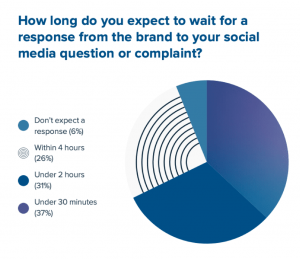— November 16, 2017
We’re approaching the end of the year and of the fourth quarter. Start preparing for your quarterly business review now, and look out for a few things. Expectations and reality don’t always align, and it’s impossible to meet 100% of quotas 100% of the time. Understanding six key metrics will help you and your team improve strengths and weaknesses, as well as optimize your sales strategies for the future.
1. Employee Efficiency
To determine employee efficiency, track each salesperson’s actual orders and compare them to their personal expectation based on tenure and quota and the official quota adjusted for seasonality. We expect new hires to make 10 to 20% of their sales quota. Experienced team members should be reaching 95%. Ramp rates of new hires change based on sales position and type of company, so these percentages may change.
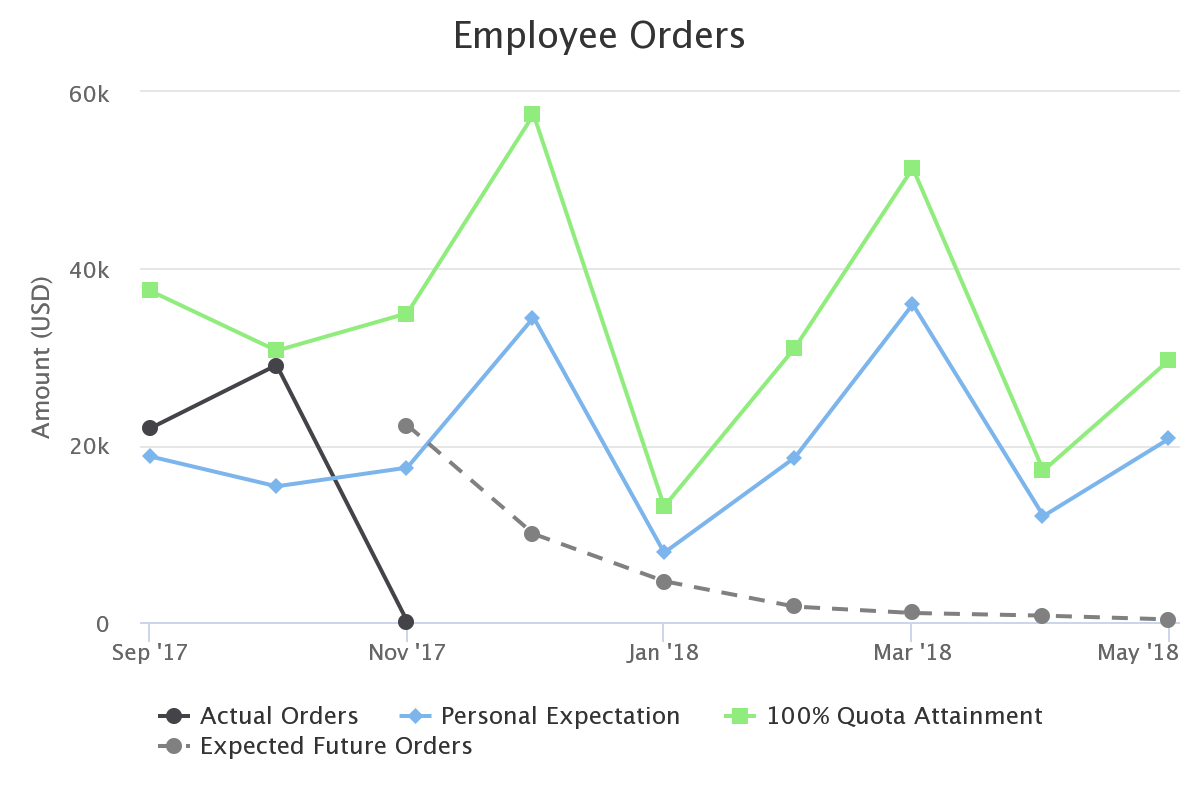
In this figure, the salesperson’s expectation and quota spikes in December and March because the third month of every quarter drives wins.
Using data points from the first chart, employee efficiency can be seen by comparing actual efficiency against the expected and average position efficiencies. Expected efficiency is what you expect their efficiency to be based on position and ramp time. Average efficiency is based on comparing their actual efficiency to your expectations and to their peers. These trends show how employees match up to their expected ramp time and how they’re doing compared to your expectations and to their peers.
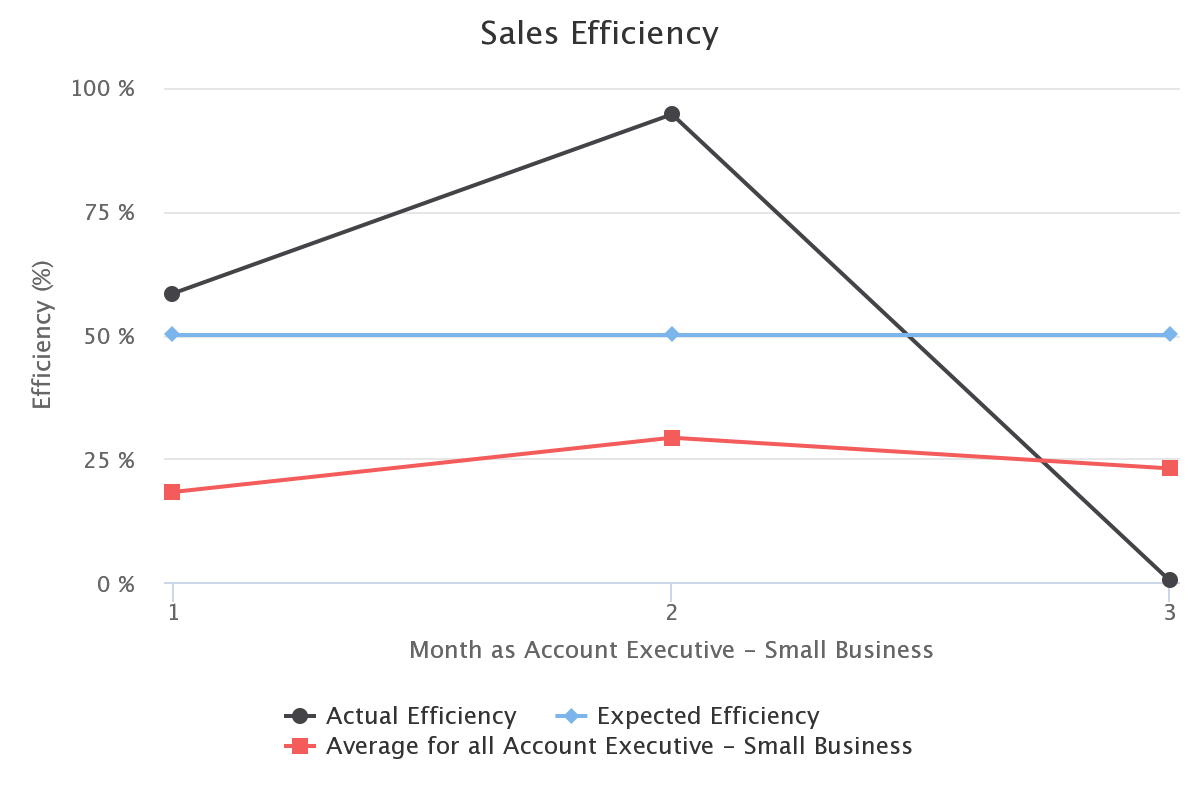
2. Win Rate
It may seem obvious, but win rates are a key indicator of sales performance. When you measure win rates over time, you pick up trends throughout the year. Evaluating win rates by quarter better evaluates the fluctuation in wins in each season. Win rates are defined by their context: if someone loses large opportunities but wins many small ones, then they aren’t creating the best results for the company. You have to evaluate wins by opportunity count and among to get the whole picture. Analyze them to understand why fluctuation occurs and how your team can improve their strategies in specific periods.
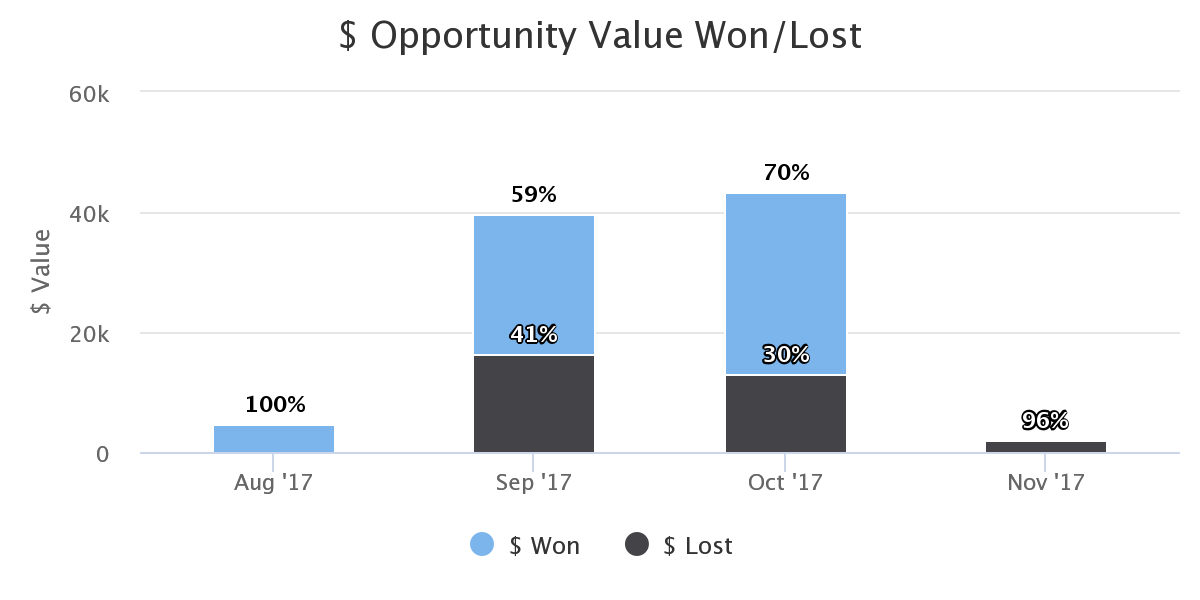
3. Your Sales Cycle
You account for average days in two ways. Each opportunity that sits in your pipeline is counting down. The amount of days to losing or winning each opportunity indicates how each opportunity moves through your pipeline. If average days to won lags, you may need to alter your sales strategies so that opportunities move more quickly through the pipeline. If your salespeople don’t have incentives to mark deals lost, your average days to lost may be an indicator of manipulated data.
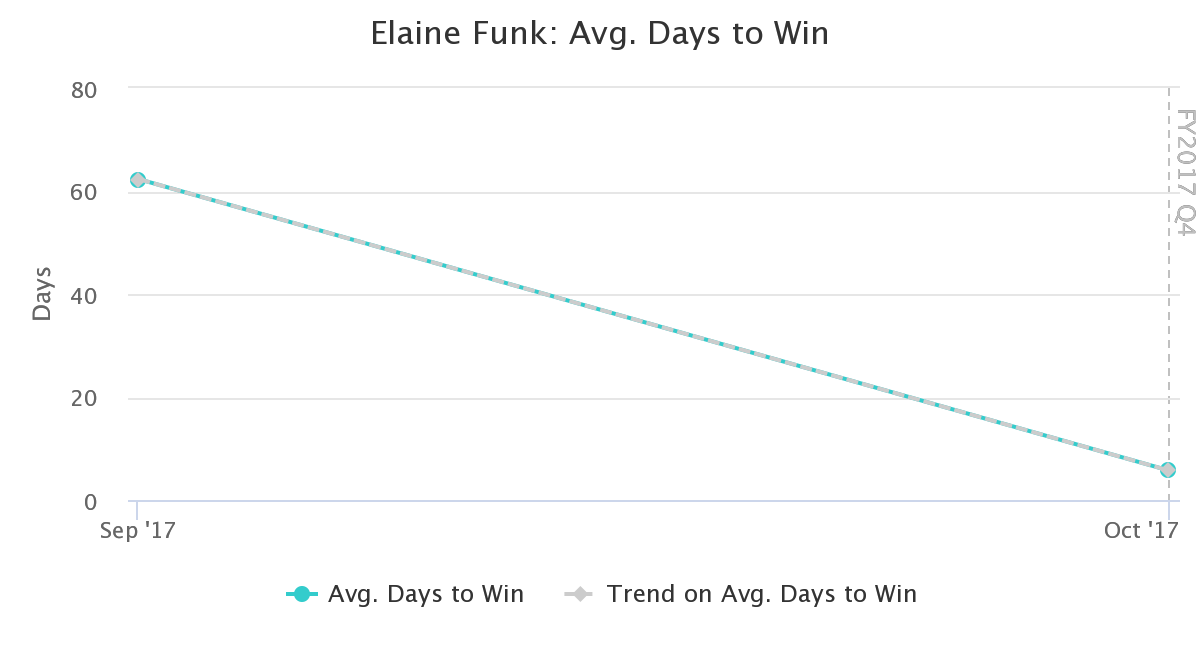
4. Order Amount
One way to review performance is to calculate the average deal amount for each sales position to bring in monthly. Compare the average amount to the actual amounts brought in by team members in that position to review performance based on sales amounts. This figure displays the order amount brought in by an individual employee compared to the position.
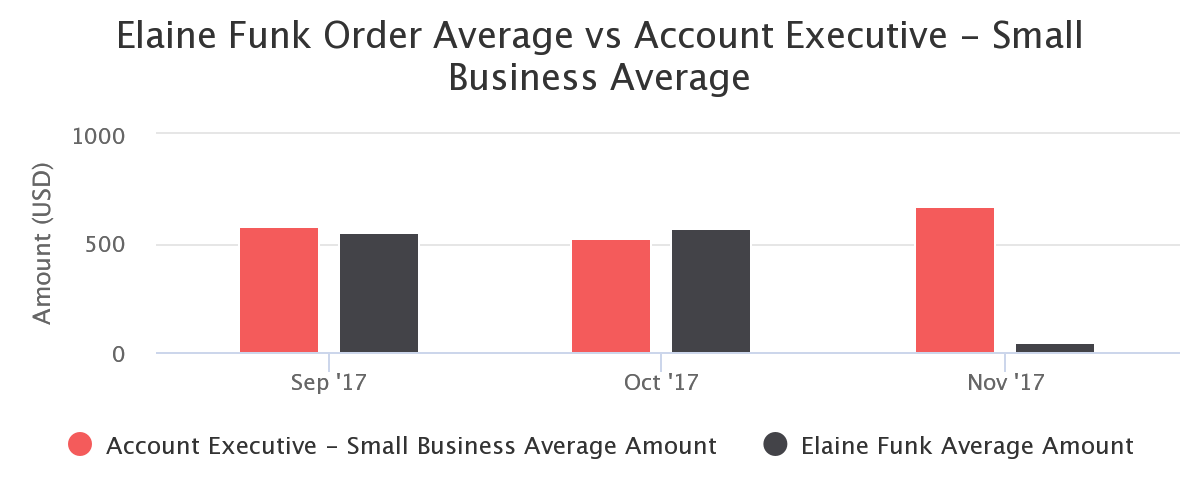
*Average amount x number of opportunities = total orders
5. Opportunity Count
On the other hand, you can also review performance by the average amount of sales opportunities won. Measure the individual opportunity count compared to the average in their position. Comparing the two will identify room for growth in the sales team and key members performing well.
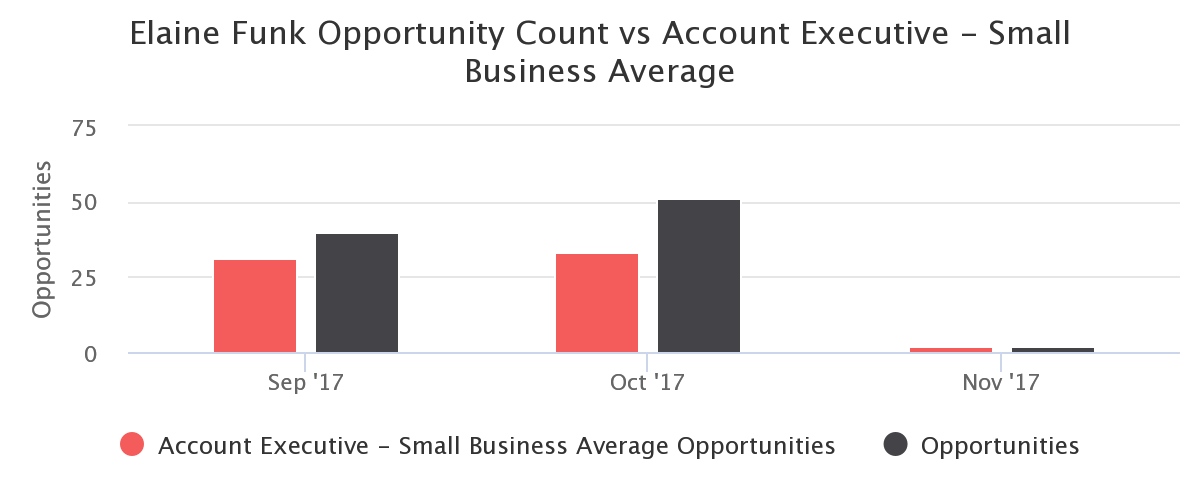
6. Track Through Time
All of these metrics are useless if you aren’t tracking them over time. In order to see trends in your sales cycles, you need to be able to look back at aggregated data that has developed throughout the year. You won’t know if you’re meeting or exceeding expectations if you don’ have a baseline of standards to weigh them against. One time inputs won’t result in valid predictions.
Bonus: Looking Ahead
As always, tracking metrics over time is the best way to maximize sales efficiency and effectiveness. Your quarterly business review should focus on individual and team improvement. Use metrics to pinpoint issues that you can address rather than just poking around in the dark. Reflecting on past results gives you the opportunity to identify symptoms in your pipeline and sales team that can be improved.
Business & Finance Articles on Business 2 Community
(60)






